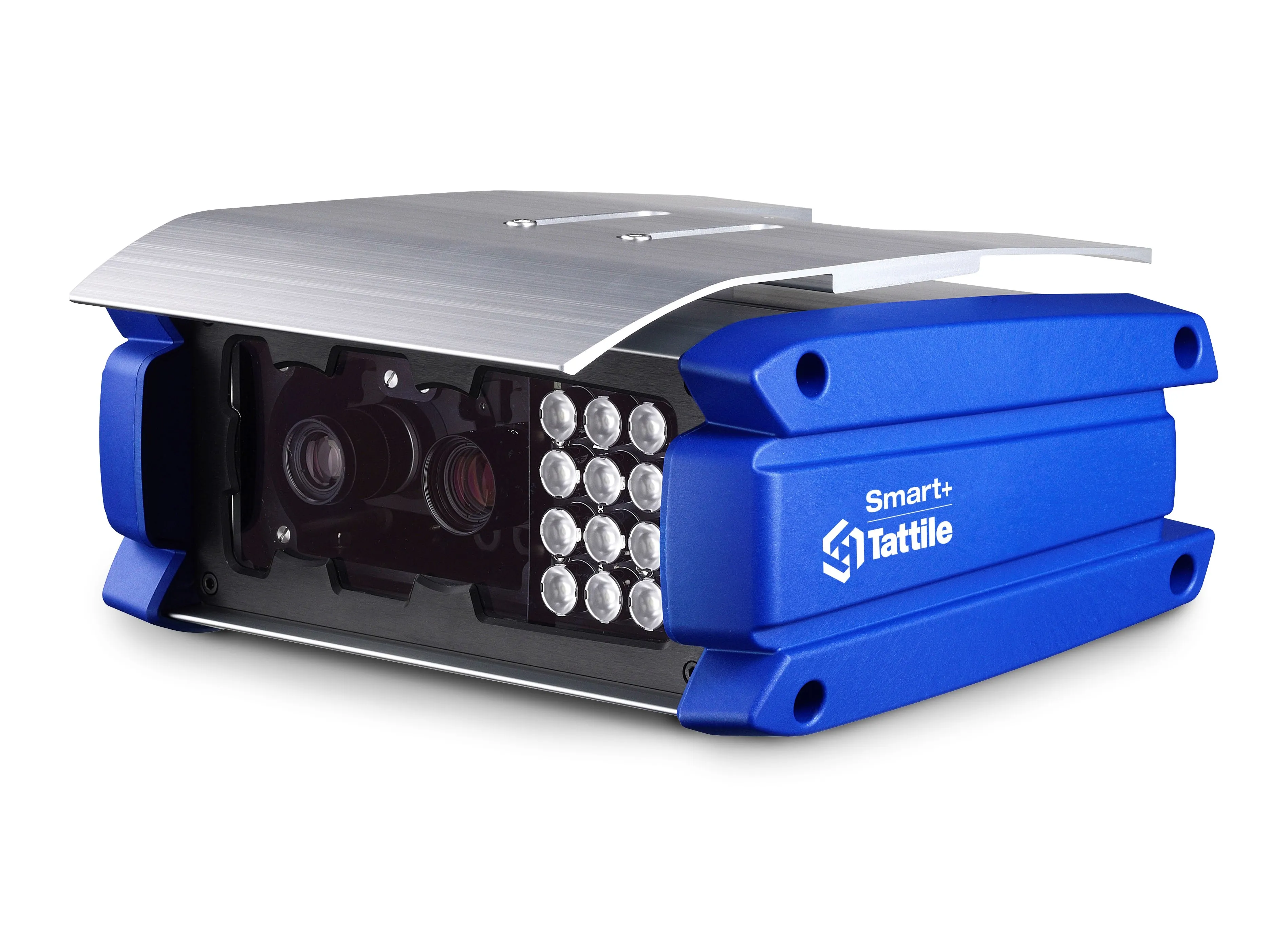
The realm of ITS is on the cusp of a groundbreaking advancement as Tattile gears up to launch its Smart+ camera.
Engineered with cutting-edge technology, this revolutionary camera boasts a Dual AI Accelerator that promises to transform challenging multi-lane free-flow (MLFF) tolling applications. At the heart of the Smart+ camera lies its dedicated hardware for AI algorithms.
Unlike conventional cameras relying on general-purpose processors, Tattile's creation is purpose-built to excel in neural detection and optical character recognition (OCR). By dedicating specific hardware resources to these tasks, the camera can achieve unparalleled levels of performance and accuracy, thus optimising the entire tolling process.
The integration of Dual AI Accelerator is a game-changer. Designed with two independent channels, the camera can simultaneously process data streams, making it ideal for multi-lane tolling applications. This breakthrough innovation translates to maximum transit detection performance, boasting an impressive accuracy rate of over 99.5%.
Even in high-traffic scenarios, the Smart+ camera guarantees real-time and reliable detection, ensuring seamless toll collection and reduced congestion. Equally impressive is the camera's neural OCR at frame-rate capability, delivering outstanding plate-reading performance exceeding 98.5%, subject to variations across countries.

Regardless of the licence plate format or language, the Smart+ camera can rapidly and accurately capture vehicle information. This feature is indispensable for tolling authorities and law enforcement agencies alike, enabling precise tracking of vehicles and streamlined toll management.
Additionally, the camera's architecture is future-proof, allowing for seamless updates and customisation to accommodate evolving tolling requirements. As technologies and standards evolve, the Smart+ camera can effortlessly adapt, safeguarding investments and prolonging its lifespan in the ever-changing ITS landscape.
As it hits the market, the Smart+ camera is set to revolutionise the tolling industry and contribute to a smarter, more connected, and sustainable transportation ecosystem.
Content produced in association with Tattile










